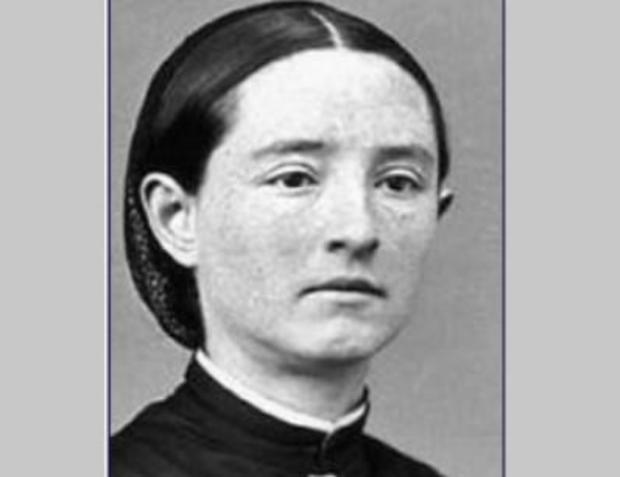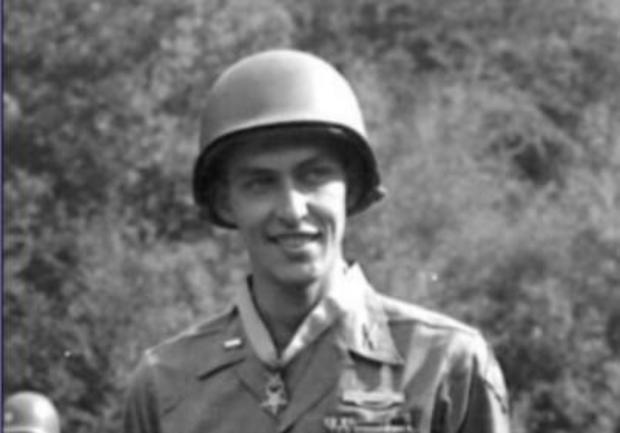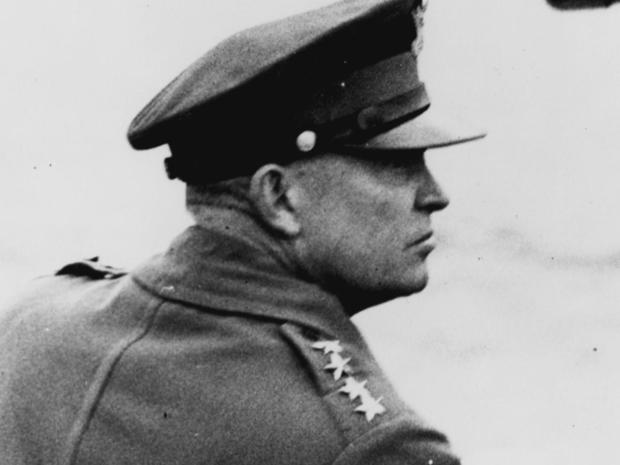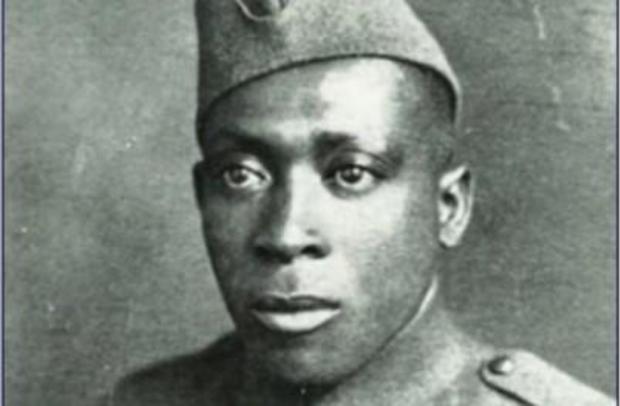The commission tasked with renaming military assets bearing the names of confederate leaders released new recommendations for nine military installations, with some names honoring women and African Americans. Until now, these posts have exclusively been named for White men.
The congressionally mandated Naming Commission issued its initial recommendations for the new names for nine U.S. Army installations. The commission’s final report is due to Congress in October, and then it will go to the defense secretary, Lloyd Austin.
In addition to the nine installations, the commission is reviewing more than 750 Defense Department assets, including streets and signs, to see if their names commemorate the confederacy and they warrant new names. Austin is required to implement the recommendations by January 2024, according to the 2021 defense spending legislation that created the commission.
The nine installations the commission recommends renaming are: Fort A.P Hill, Fort Benning, Fort Bragg, Fort Gordon, Fort Hood, Fort Lee, Fort Pickett, Fort Polk, and Fort Rucker.
The commission recommends changing the name of Fort Bragg in North Carolina, one of the largest U.S. military installations, to Fort Liberty after the value of liberty, rather than an individual.
The Naming Commission
Fort A.P. Hill in Virginia would be renamed Fort Walker after Dr. Mary Walker, a physician who received the Medal of Honor for her service in the Civil War.
Another woman, Lt. Col. Charity Adams, the leader of the all-Black and all-female 6888th Central Postal Directory Battalion during World War II, would share a base name with Lt. Gen. Arthur Gregg. Fort Gregg-Adams would take the place of Fort Lee, named for Confederate Army leader Gen. Robert E. Lee.
National Archives
Gregg, who is the only living individual the commission has recommended a base be named for, served in Vietnam and in Europe through the Cold War, eventually becoming the logistics director for the Joint Chiefs of Staff and deputy chief of staff for logistics for the Army.
The Naming Commission
Fort Pickett in Virginia would be renamed Fort Barfoot after Tech Sgt. Van T. Barfoot who received the Medal of Honor for his actions in World War II and is of Native American descent.
Fort Hood, in Texas, would be renamed Fort Cazavos, after Gen. Richard Cavazos, who was the Army’s first Latino four-star general.
In Georgia, the commission recommended renaming Fort Benning Fort Moore to commemorate the couple Lt. Gen. Hal and Julia Moore who, according to the commission, helped usher in progress for the Army. Hal helped the transition to an all-volunteer Army after Vietnam and Julia Moore’s idea to have a person instead of just a telegram deliver casualty notifications led to today’s casualty notification teams.
Eisenhower Presidential Library
Also in Georgia, Fort Gordon, under the new recommendations, would be renamed Fort Eisenhower after General of the Army and later President Dwight D. Eisenhower, who was the first commander of all U.S. troops in Europe in World War II, and then of all allied troops in Europe.
And the last two, Fort Rucker in Alabama, the home of Army aviation, would be renamed Fort Novosel after Chief Warrant Officer 4 Michael Novosel Sr., who flew more than 2,500 extraction missions in Vietnam, rescuing more than 5,500 soldiers.
The Naming Commission
Fort Polk in Louisiana would bear the name of Fort Johnson after Sgt. William Henry Johnson, a Black American who served in a segregated Army during World War I and became an icon on the homefront for his heroism, according to the commission.
The vice-chair of the commission (ret) Brig. Gen. Ty Seidule told reporters Tuesday that the commission conducted in-person listening sessions with military leaders and community leaders to inform the recommendations. The commission received more than 34,000 submissions on its website from the public of more than 3,670 unique names of individuals and values to consider.



